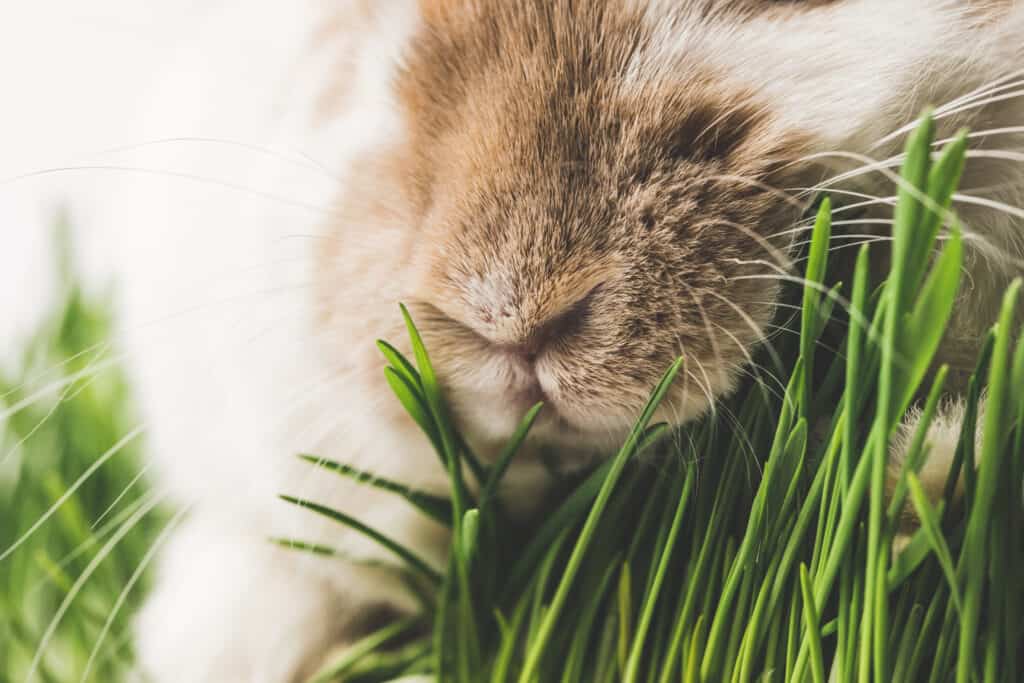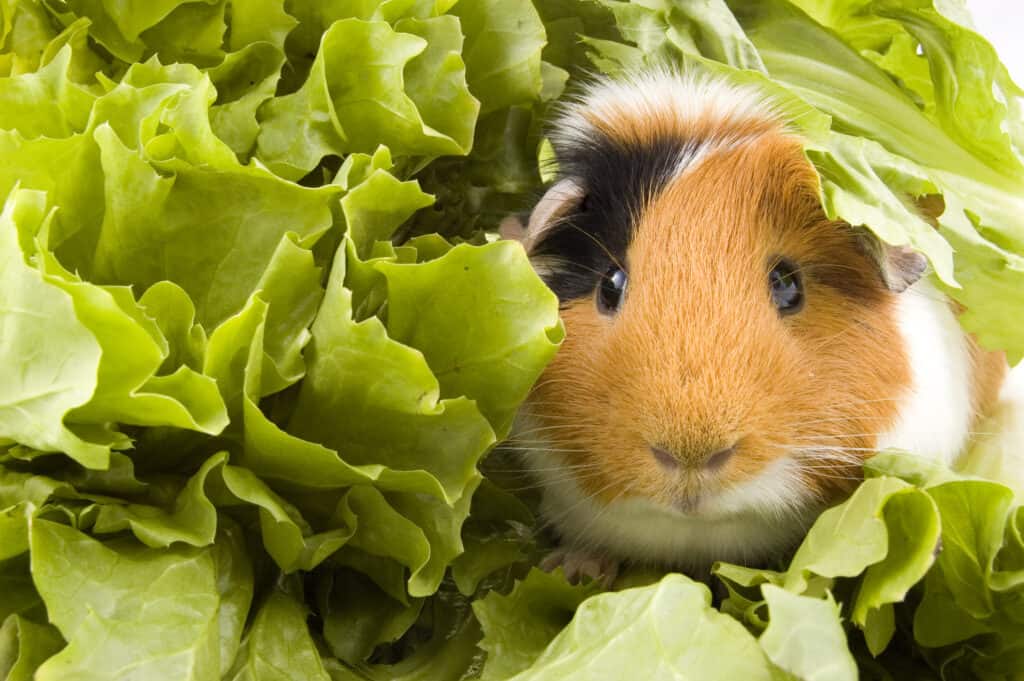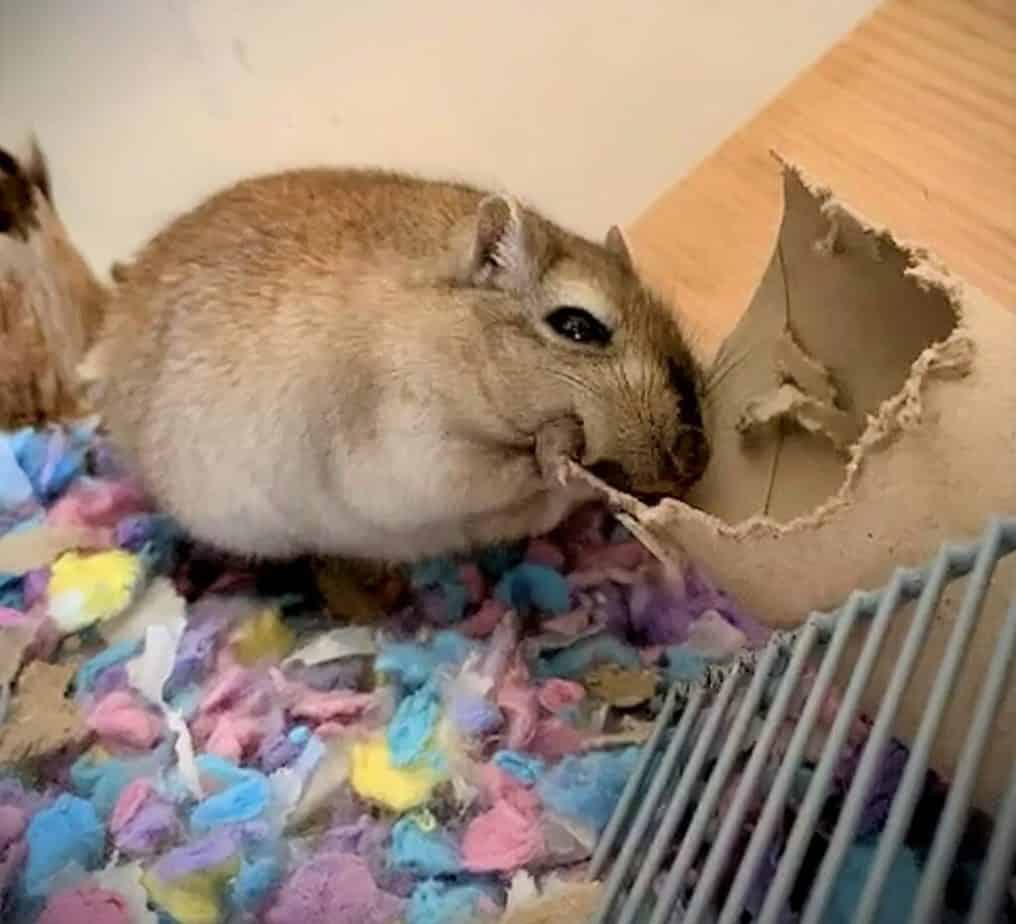
Free Delivery
On Orders Over £40
On Raw Orders Over £100

You’ll often see specific dental products for cats and dogs lining the shelves of pet stores; toothbrushes, flavoured toothpaste, even breath freshener sprays! Dental disease is a huge problem for the majority of pets, so why don’t we see these kinds of products targeted at small animals?
The simple fact is that dental disease in small animals such as rabbits, hamsters and gerbils is far less likely to be caused by a lack of cleanliness or hygiene as it is in our larger furry friends. Cats and dogs are similar to humans in that they lose their baby teeth at around 6 months old. These are then replaced by an adult set of teeth which stay the same for the rest of their lives and require regular manual cleaning. Small animals, on the other hand, have what is known as ‘open rooted teeth’; this means that they never stop growing.
Overgrown teeth are the main cause of dental problems for small animals. Top and bottom teeth not meeting correctly is known as ‘malocclusion’, which can stop the mouth from being able to close. Overgrown teeth can also poke into the gums and cheeks, potentially causing ulcers, bleeding and infections. All of these result in it becoming very difficult for the animal to chew properly.
Many small animals will hide symptoms of illness or weakness as a natural defence against predators. Overgrown incisors (the front teeth) are easy to spot, but it is much more difficult to keep an eye on the back teeth (known as cheek teeth). This is especially true if your pet is in pain, as they probably won’t want you poking around inside their mouth if that’s the case.
External signs of dental disease that you can watch out for are:
Weight loss, decreased stools and any other evidence of reduced appetite
– These could suggest that something is preventing your pet from eating as much as they should.
Drooling or swelling around the jaw area
– This could indicate the presence of abscesses or an inability to properly close the mouth.
Untidy or unclean fur
– Small animals often use their teeth for self-grooming – a lack of this would suggest that it is causing them discomfort.
In the wild, rabbits and similar herbivores don’t suffer from overgrown teeth at all. This is because they are constantly chewing and eating high fibre foods. The chewing action and fibre in what they eat grinds the teeth down and keeps them at a safe, practical length.
It is recommended that 80% of a small animal’s diet should be hay or grass. Combine this with a handful of leafy vegetables and a small portion of species specific dry food. These proportions provide the correct amount of fibre to keep wearing your pet’s teeth down naturally.

Another great way to prevent overgrown teeth in small animals is to give them chew toys. Products made from wood, rope or other tough materials are perfect for this. Chew toys will also prevent your pet from chewing on cage bars, which can lead to broken teeth.
Get eco-friendly with your small animal and recycle your empty toilet rolls or tissue boxes – they love chewing on cardboard! It provides enrichment, makes great nesting material, and further aids in grinding down those ever-growing teeth. Always remove any staples or other potentially harmful materials before giving cardboard to your pet.

Gregor the Gerbil with his favourite toy – an empty toilet roll!
The best way to prevent dental issues in your small animal pet is to ensure they have a healthy high fibre and low sugar diet. Supplement this with chew toys and regular visual checks, and your furry friend should be safely chewing away with no issues. If you think your pet is suffering from dental disease, you should always take them to be checked over by a vet.
Check out our range of Small Animal toys here!
Sign up to get exclusive deals in your inbox.
We won't share your email address.